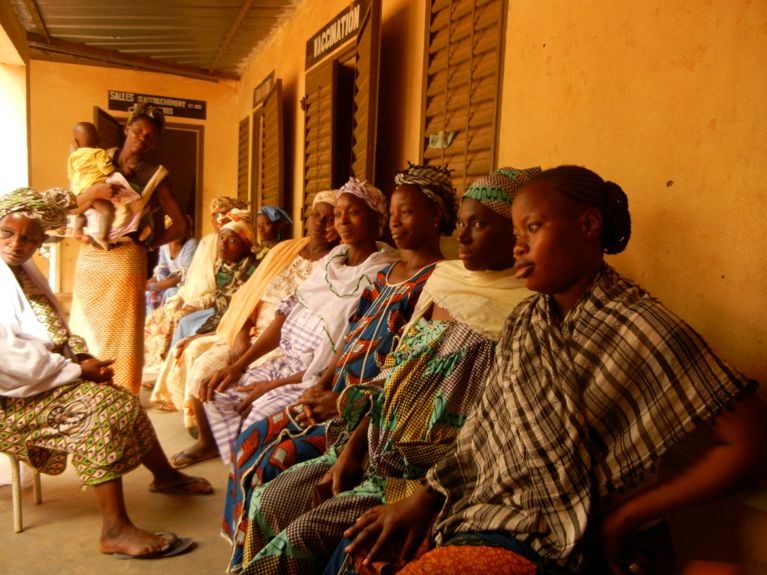Helping mothers in Mali











When you hear about a crisis in another part of the world, it can seem so remote or insurmountable that you feel there’s no way you could possibly make a difference. That’s the way I used to feel, until I was in West Africa a few weeks ago.
In drought-stricken Mali, I saw firsthand the obstacles faced by mothers trying to feed their families in the middle of a food crisis. “During food shortages, women generally eat last and least to preserve food for others,” says Robert Fox, executive director of Oxfam Canada.
But even small contributions make a big difference: a dollar can protect a child from malnutrition, a pen can keep her in school. And in Mali, I saw long-term solutions, like vegetable gardens, schools and nutrition programs, that only existed because of charitable donations.
“We don’t just go in and impose our way of thinking on a community,” says Justin Douglass, public engagement director for World Vision Mali. “We talk to local leaders and learn from them so we can help them achieve their goals. It takes time, but the hope is that eventually they will no longer need us.”
Many aid agencies have programs that let you feel connected to the person you’re helping – you can sponsor a child, loan money to a fledgling business or simply buy a family a chicken for, as I discovered, less than what you might spend on coffee in a week.
“Canadians can help most by giving to reputable organizations working in the region,” says Patricia Erb, president and ceo of Save the Children. Some of these include: World Vision, Save the Children, Oxfam, Plan Canada, Kiva, UNICEF and Care.
GET CHATELAINE IN YOUR INBOX!
Subscribe to our newsletters for our very best stories, recipes, style and shopping tips, horoscopes and special offers.